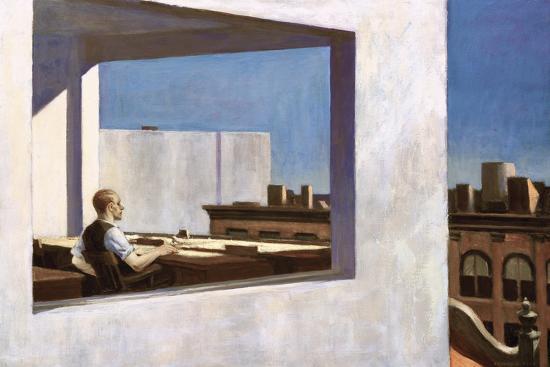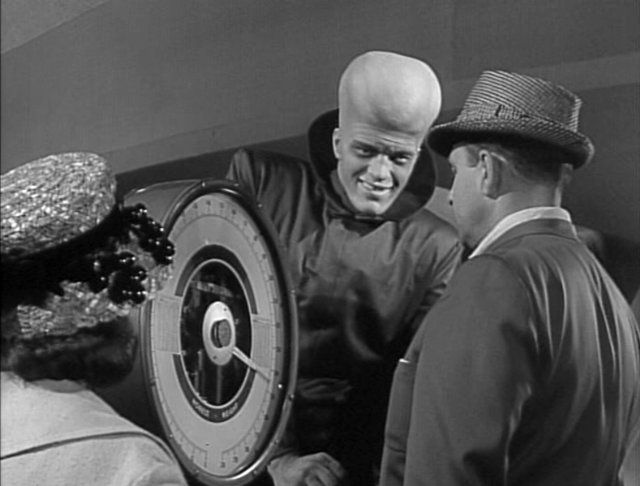279
The Twilight Zone
Author: Rod Serling
Year: 1959 Edit Add
Book: Postmodernism, or, The Cultural Logic of Late Capitalism
The Twilight Zone
Author: Rod SerlingYear: 1959 Edit Add
Book: Postmodernism, or, The Cultural Logic of Late Capitalism
The first Beat poets; and occasional 'antihero' with 'existentionalist' overtones; a few daring Hollywood impulses; nascent rock and roll itself; the compensatory inspiration of European books, movements, and art films; a lonely and premature rebel or theorist like C. Wright Mills: such, in retrospect, seems to be the balance sheet of fifties culture. All the rest is Peyton Place, bestsellers, and TV series. And it is indeed just those series - living-room comedies, single-family homes menaced by Twilight Zone, on the one hand, and gangsters and escaped convicts from the outside world, on the other - that give us the content of our positive image of the fifties in the first place.
The first Beat poets; and occasional 'antihero' with 'existentionalist' overtones; a few daring Hollywood impulses; nascent rock and roll itself; the compensatory inspiration of European books, movements, and art films; a lonely and premature rebel or theorist like C. Wright Mills: such, in retrospect, seems to be the balance sheet of fifties culture. All the rest is Peyton Place, bestsellers, and TV series. And it is indeed just those series - living-room comedies, single-family homes menaced by Twilight Zone, on the one hand, and gangsters and escaped convicts from the outside world, on the other - that give us the content of our positive image of the fifties in the first place.
Office in a Small City
Author: Edward Hopper
Year: 1953 Edit Add
Book: Postmodernism, or, The Cultural Logic of Late Capitalism
Office in a Small City
Author: Edward HopperYear: 1953 Edit Add
Book: Postmodernism, or, The Cultural Logic of Late Capitalism
If there is 'realism' in the 1950s, in other words, it is presumably found here, in mass culture representation, the only kind of art willing (and able) to deal with the stifling Eisenhower realities of the happy family in the small town, of normalcy and nondeviant everyday life. High art apparently cannot deal with this kind of subject matter except by way of the oppositional: the satire of Lewis, the pathos and solitude of Hopper or Sherwood Anderson.
If there is 'realism' in the 1950s, in other words, it is presumably found here, in mass culture representation, the only kind of art willing (and able) to deal with the stifling Eisenhower realities of the happy family in the small town, of normalcy and nondeviant everyday life. High art apparently cannot deal with this kind of subject matter except by way of the oppositional: the satire of Lewis, the pathos and solitude of Hopper or Sherwood Anderson.
 Source type: picture
Source type: pictureInfo: Edward Hopper, Office in a Small City, 1953
Original size: 550x367 px. Edit
 Log-in
Log-in Source type: picture
Source type: picture